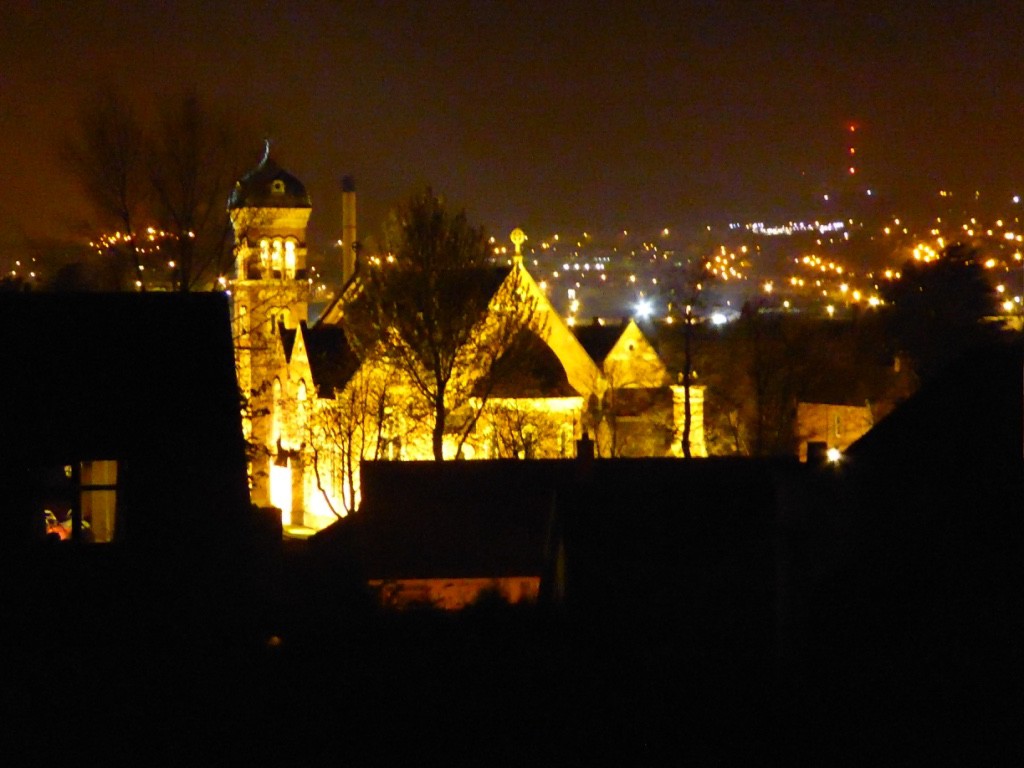Voted by us the ‘best B&B so far’, Marlagh Lodge is an early Victorian house on the edge of Ballymena and is the sort of place you could stay for a week. Originally built as the Dower House for nearby Crebilly House, the Lodge is a classic of its era, double fronted with high-ceilinged reception rooms on either side of the entrance and spacious bedrooms.
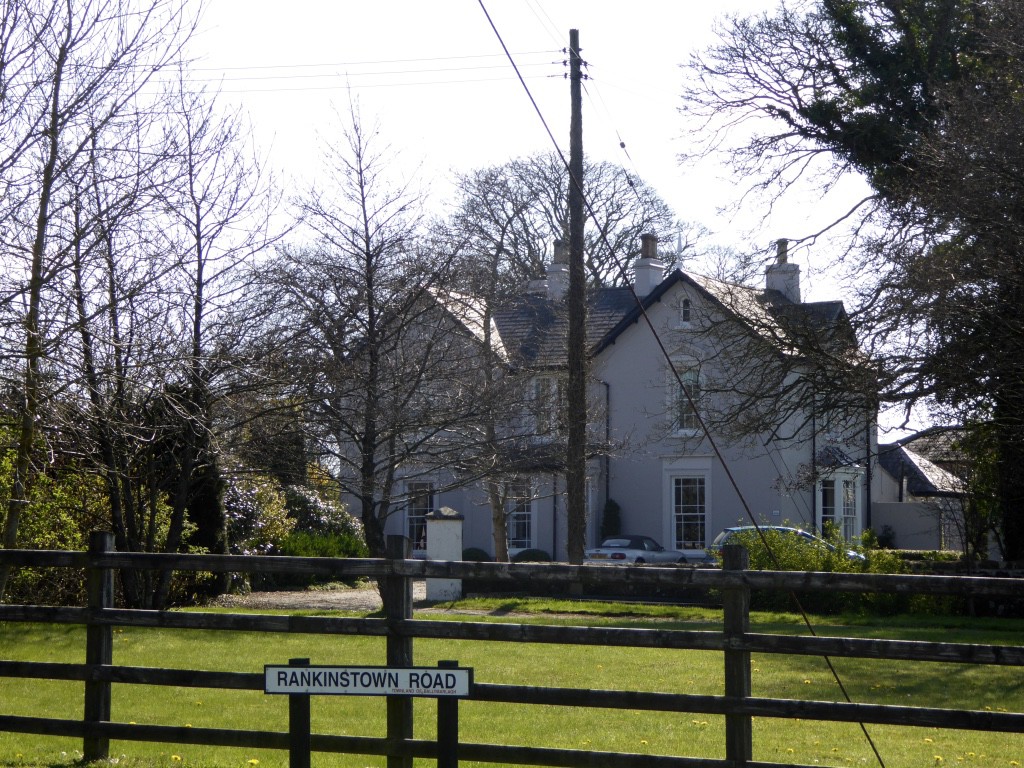
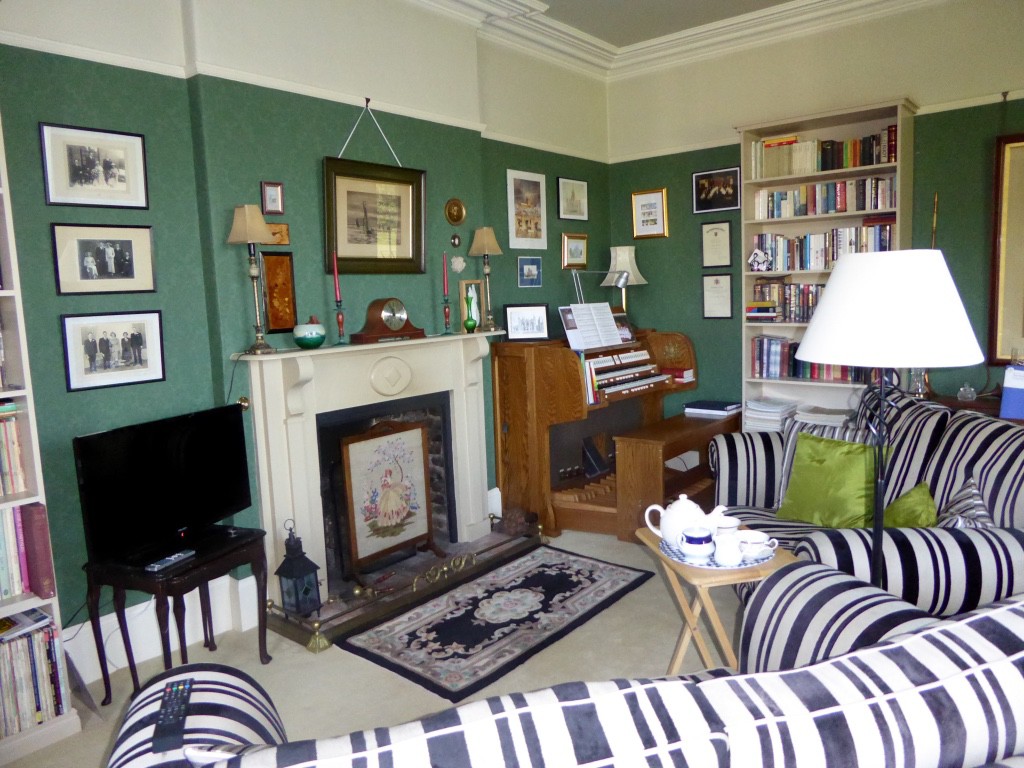
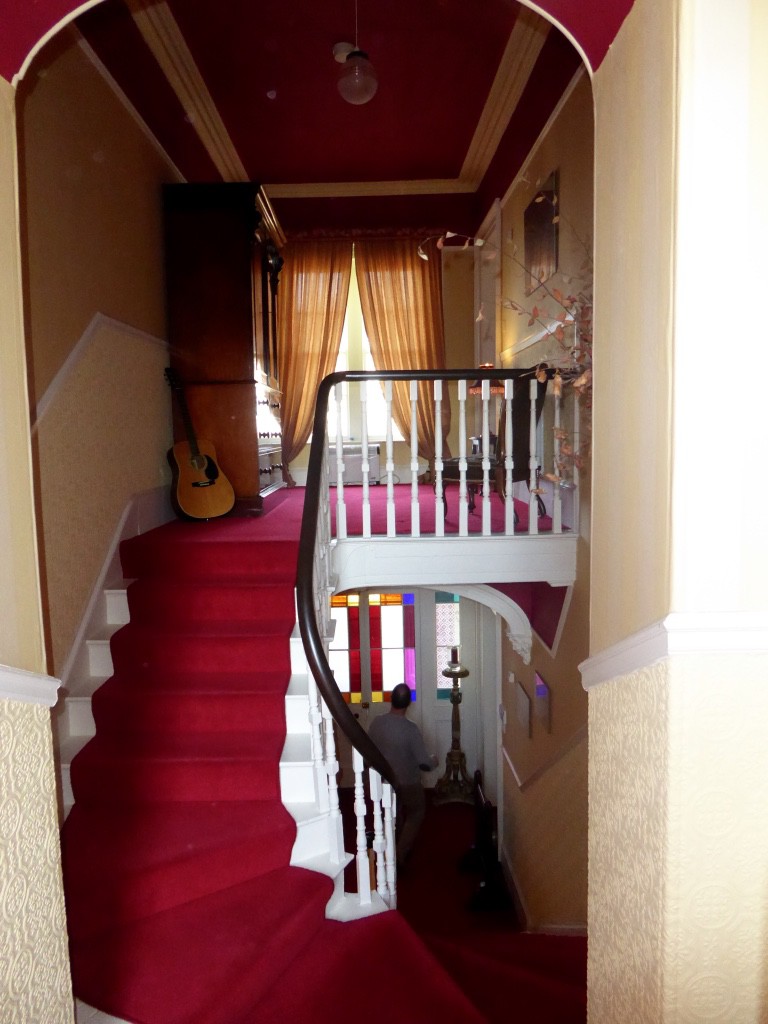
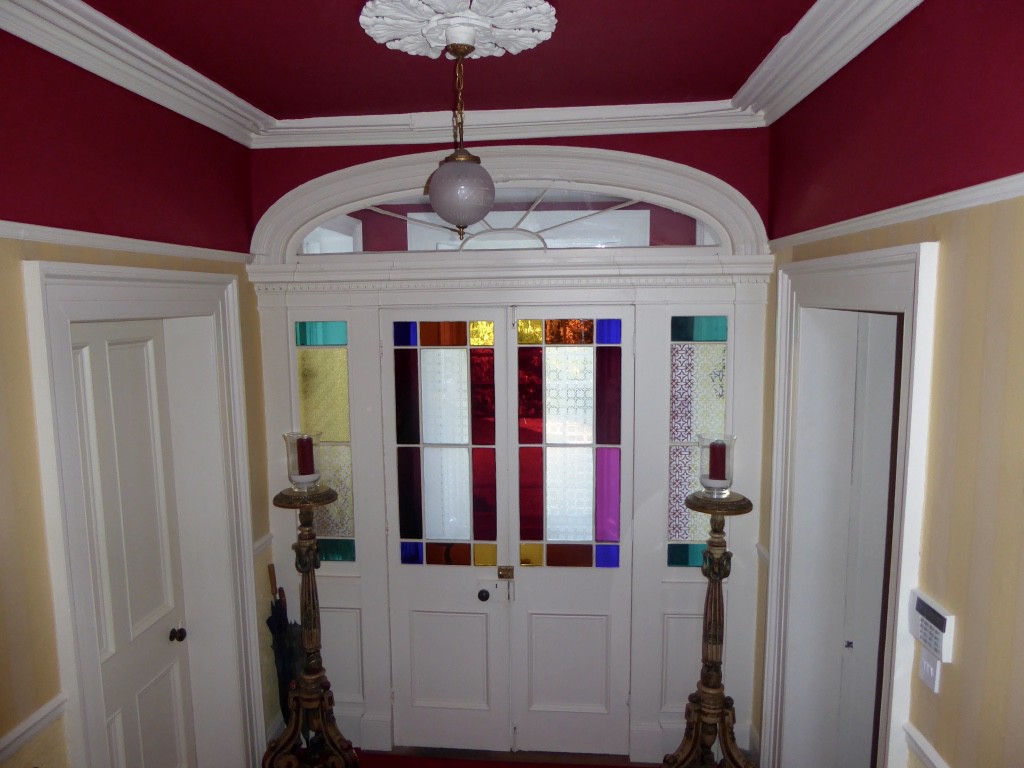

Once partially derelict, it has been painstakingly restored by Robert (an organist and piano player) and Rachel (on opera singer) with love and meticulous attention. Comfy bedrooms, lounges, fires and classical music wafting through the house make it very welcoming. There are books everywhere (within half an hour I had found a dozen I would like to read) but it was already midnight!
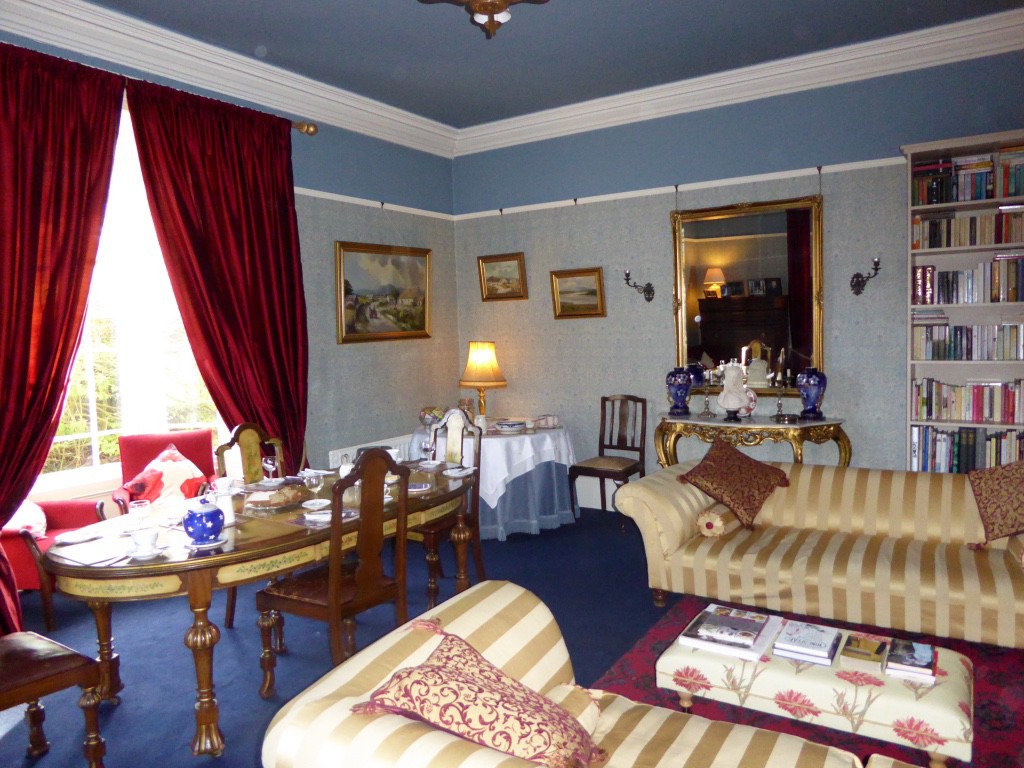
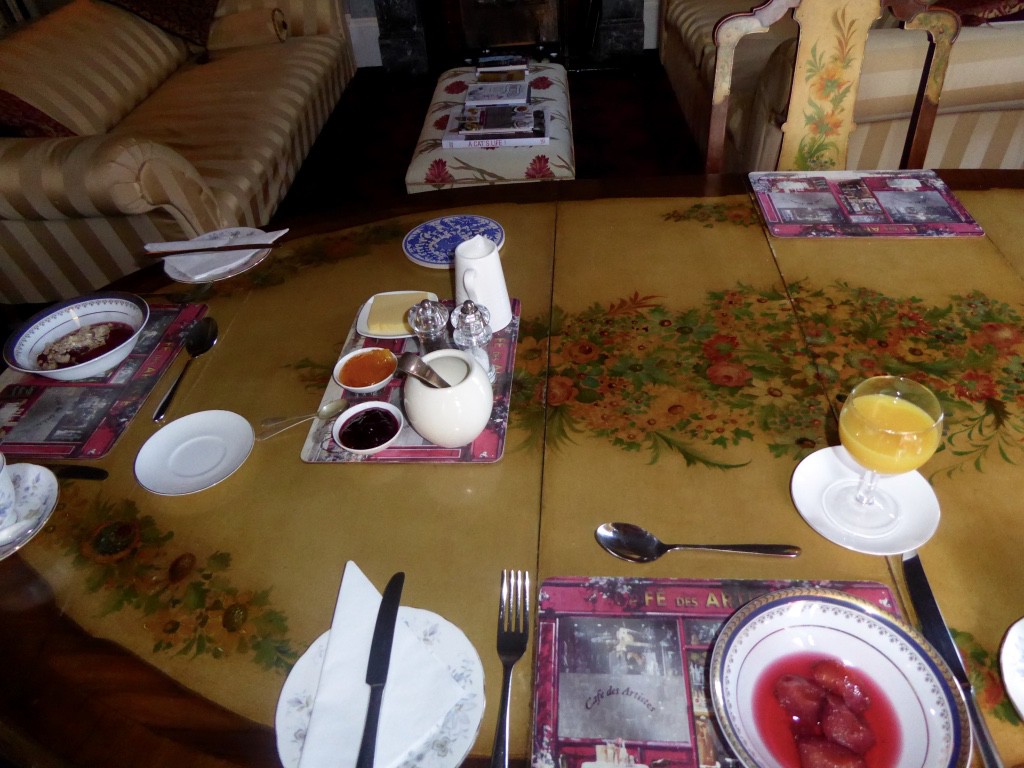
After the most delicious breakfast, starting with Robert’s own ‘Marlagh Lodge Tummy Warmer’ (creamy porridge with Bushmills whiskey, brown sugar and cream) , we had a chat with Louis (the rooster) Madge, Myrtle and Korma (the hens) and headed off for the nine glens and the Antrim Coast.
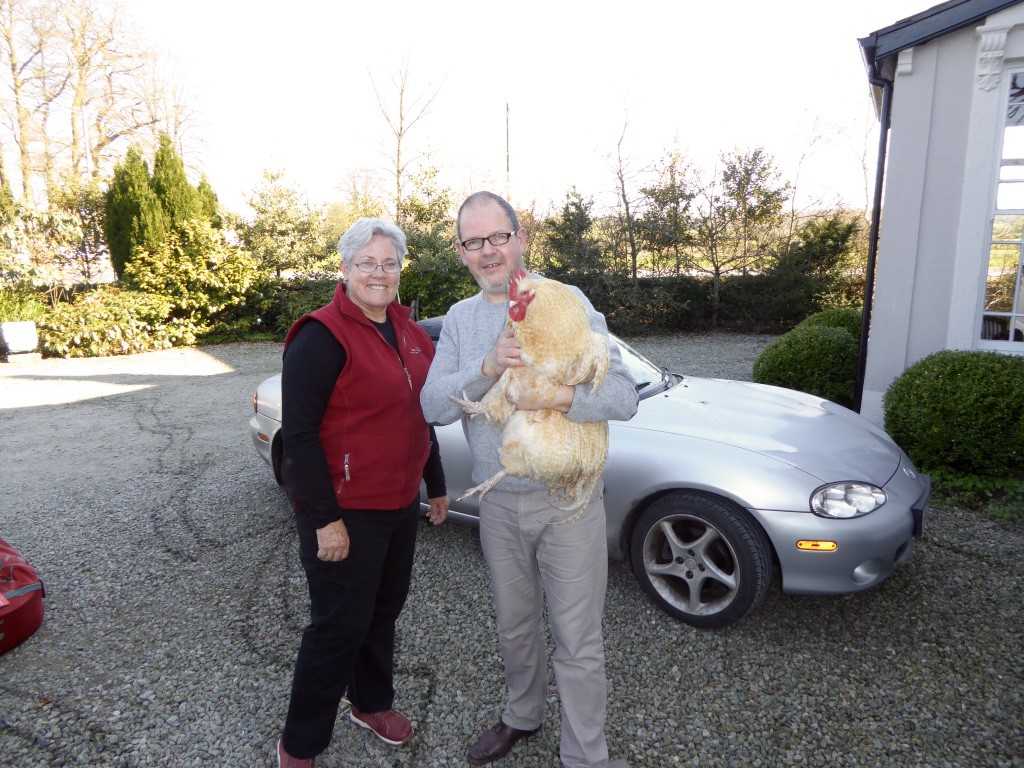
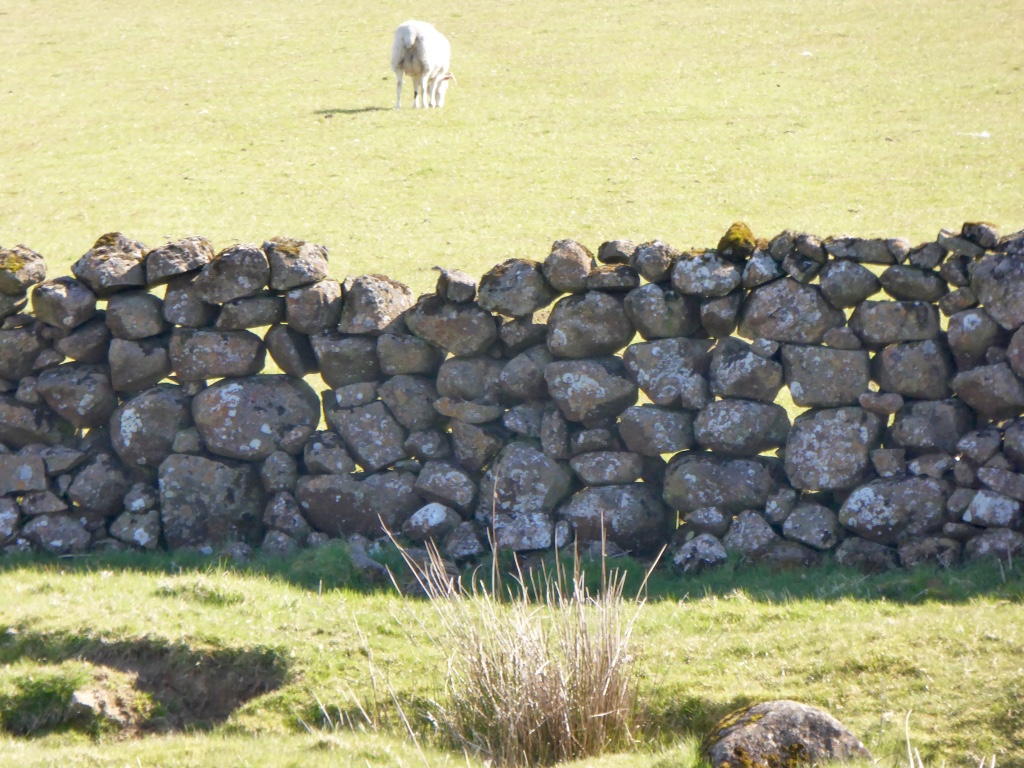
First stop was the lovely Walled Garden at Glenarm Castle. The Walled Garden is one of Ireland’s oldest walled gardens. Originally created to supply the Castle with its fruit and vegetables, the Walled Garden is now filled with flowers and specimen plants and is interesting year round, but when we were there it had fabulous displays of spring bulbs along with the apple and pear blossom.
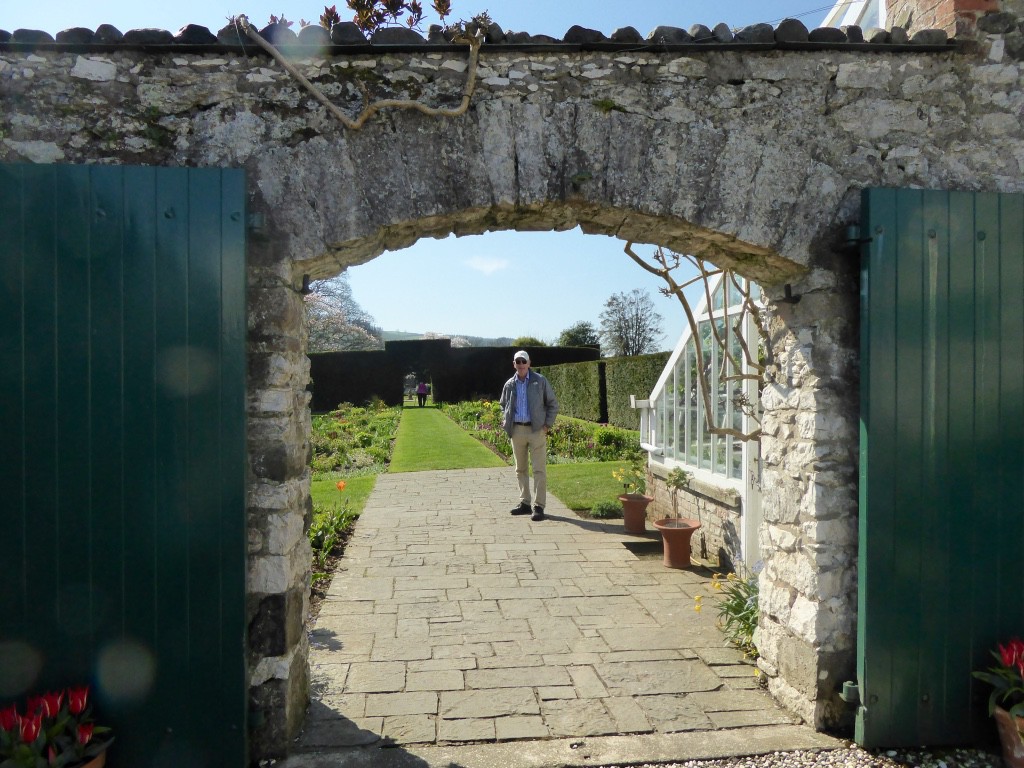
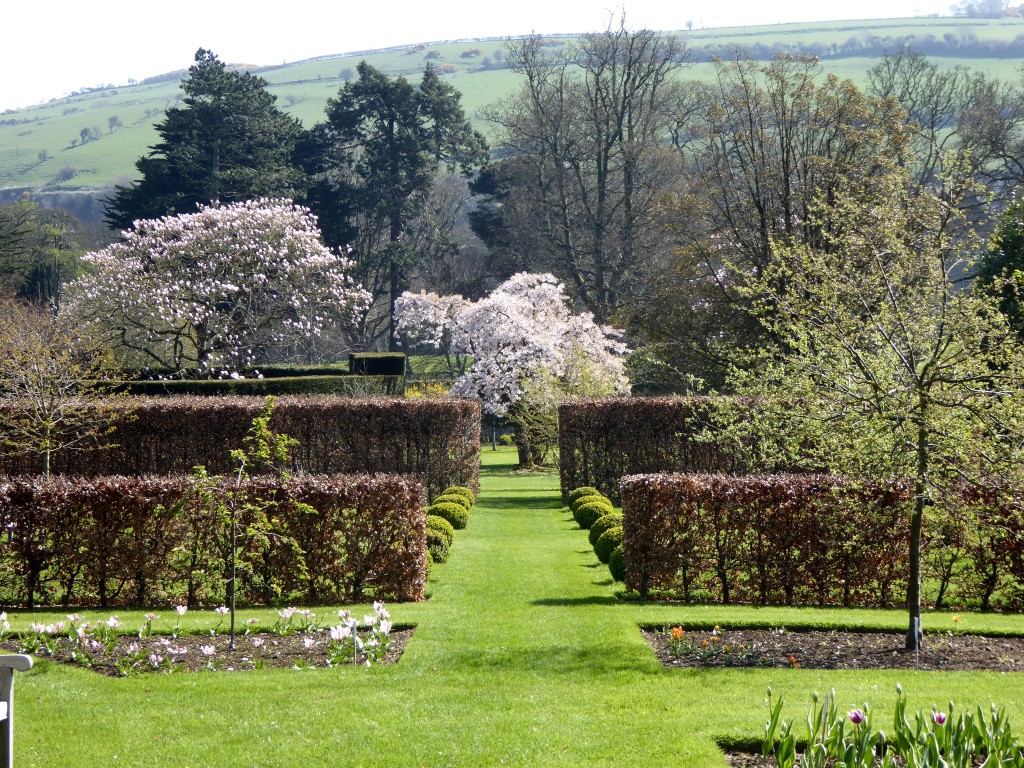
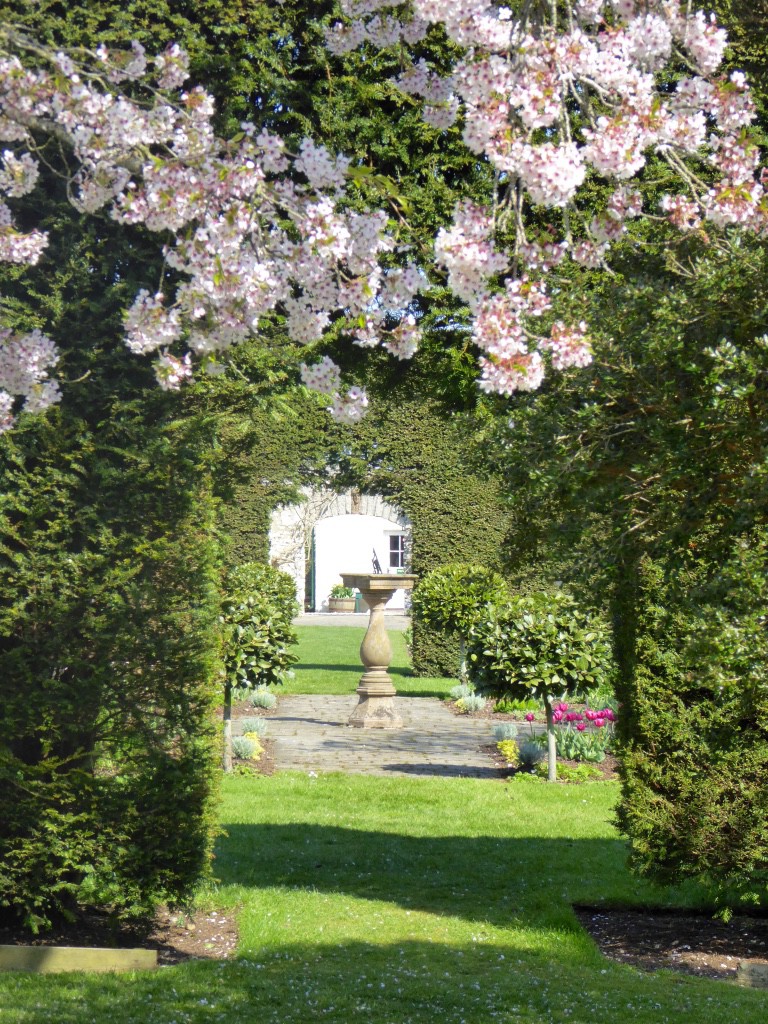
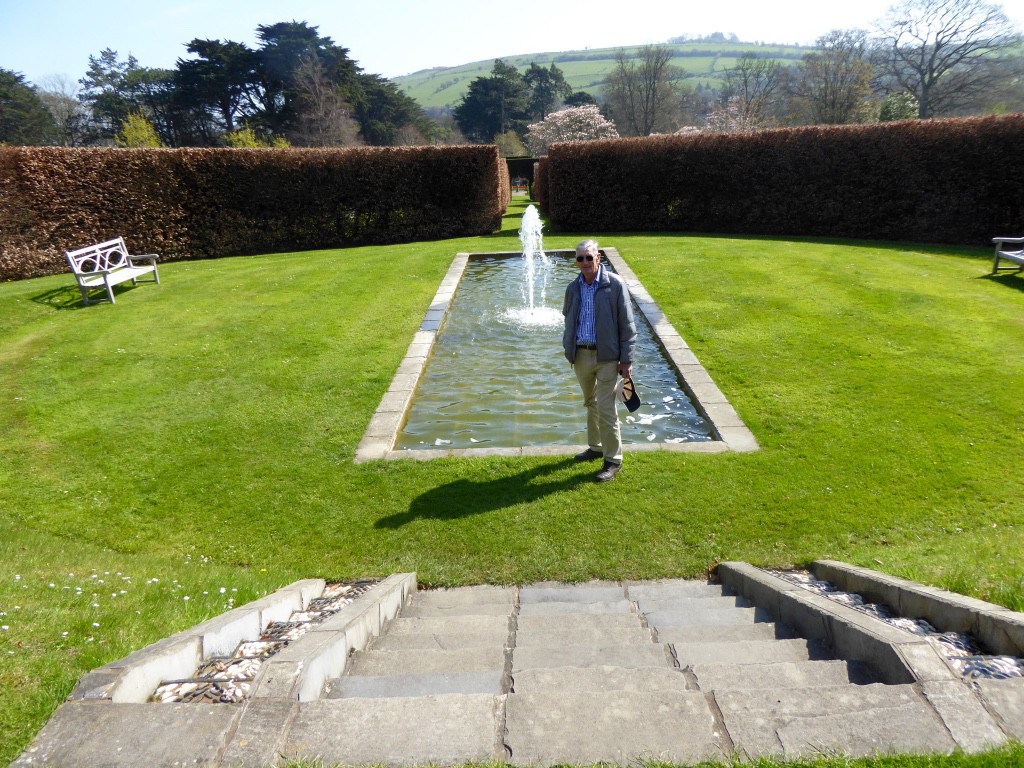
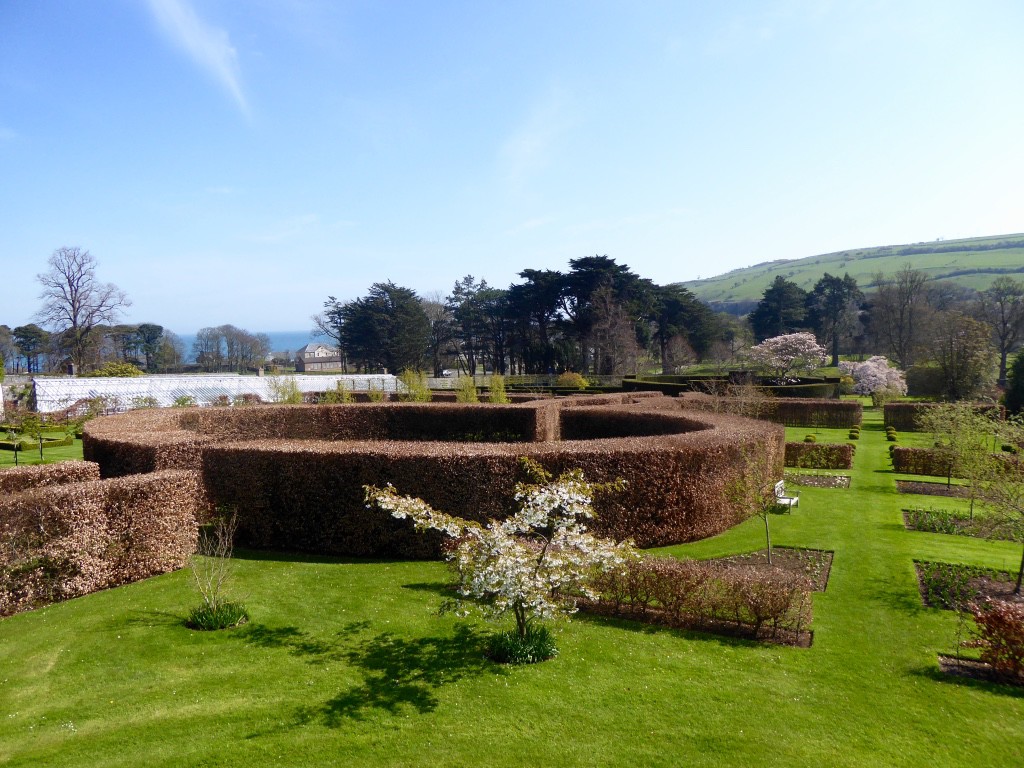
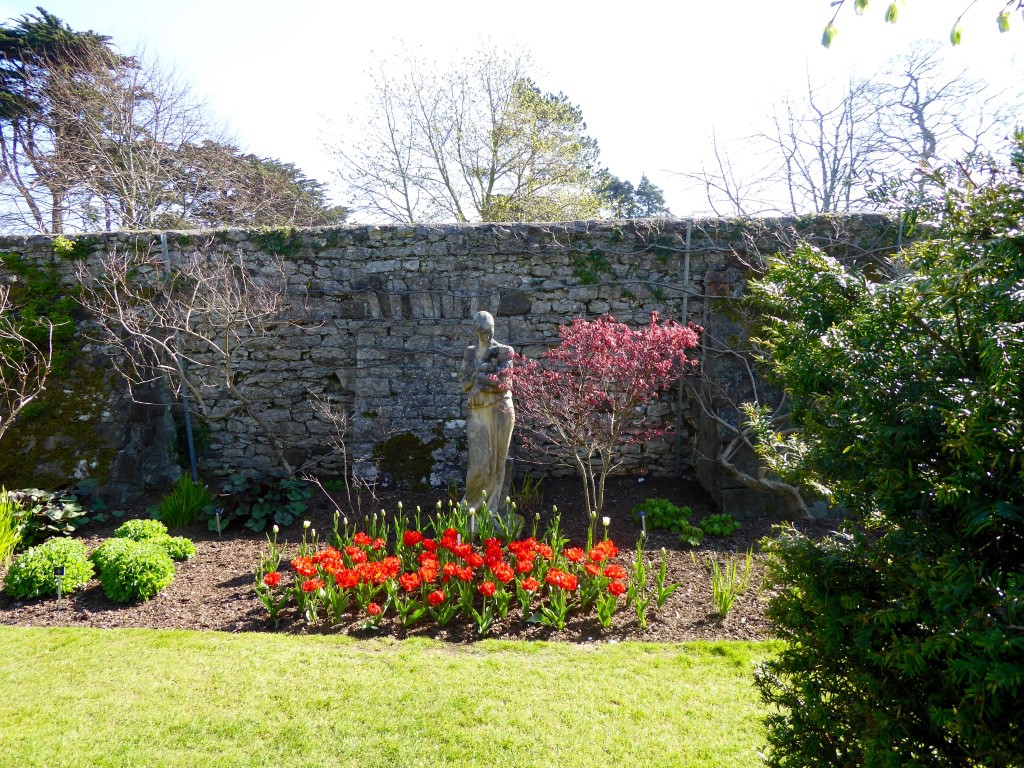
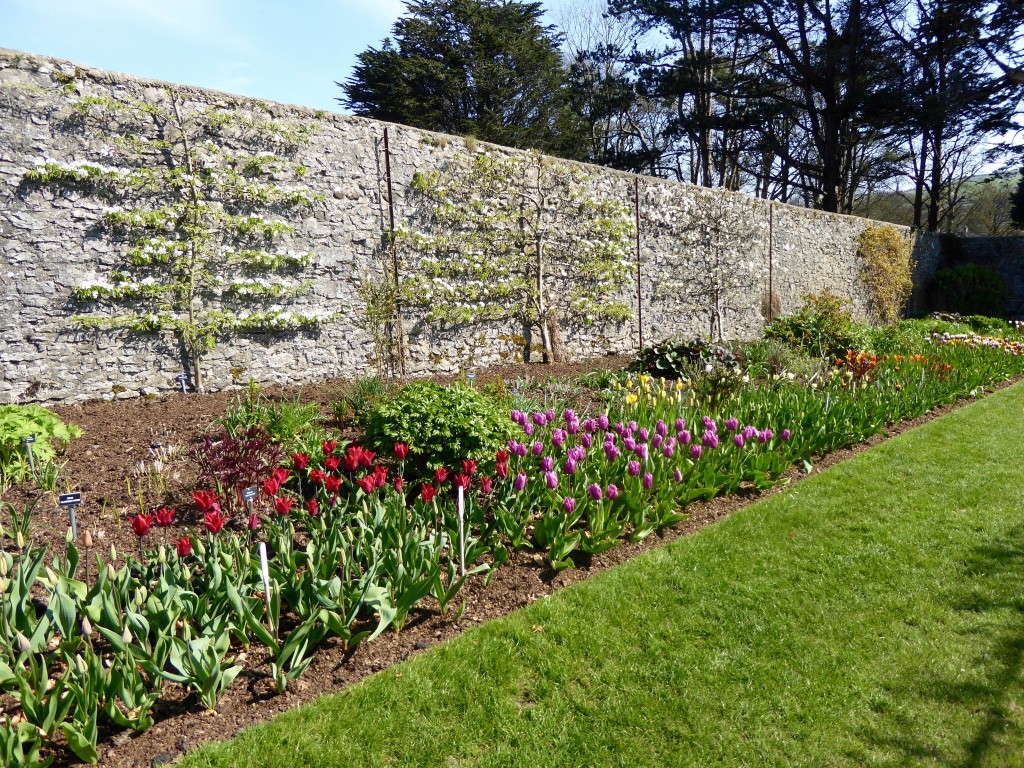
For the next four hours we followed the Antrim Coast Road, which is one of the most famous road trips in the world. Most of the road winds through the countryside, following the scenic coastline. Some parts are even built between large 100m high cliffs and the sea.
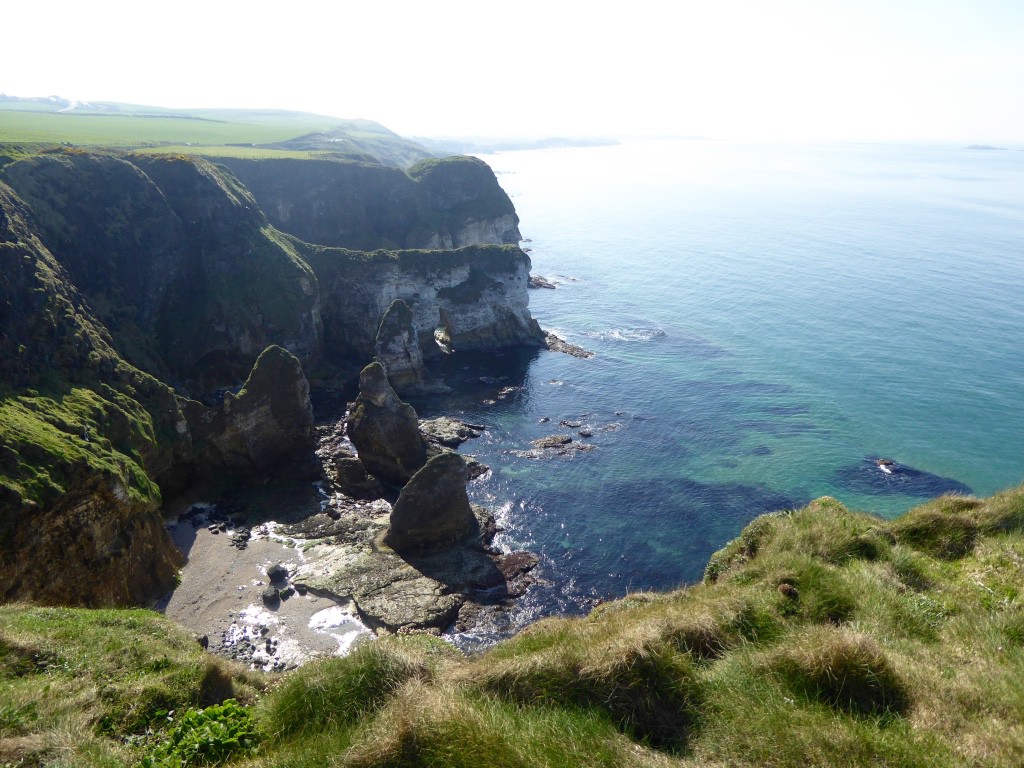
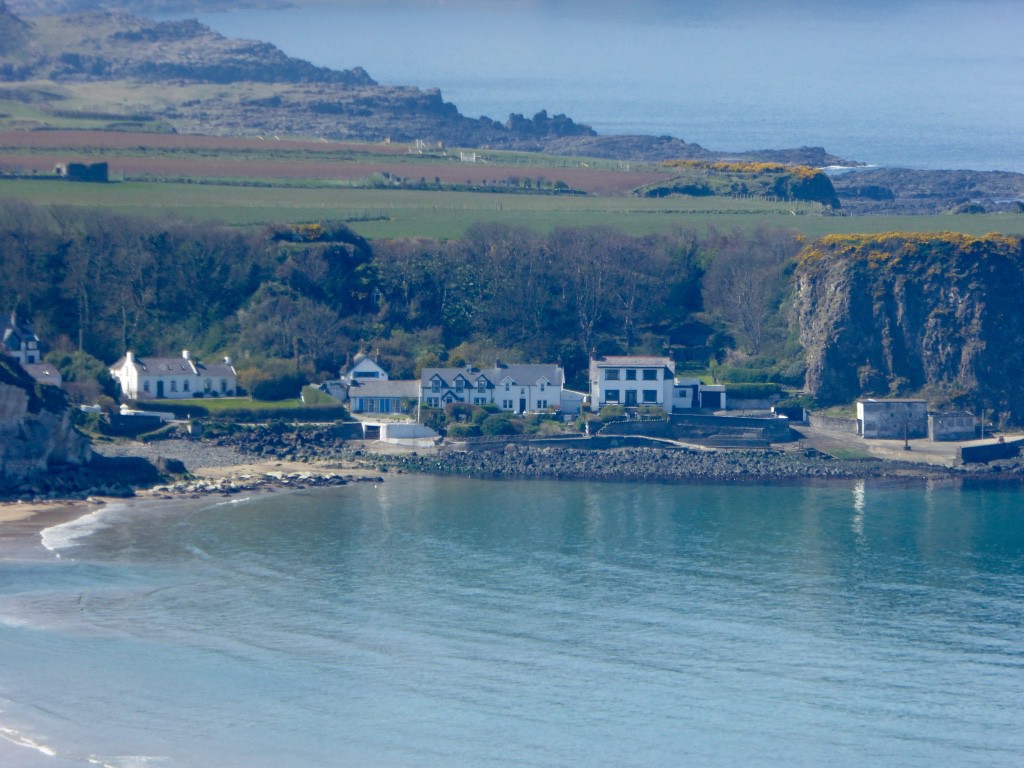

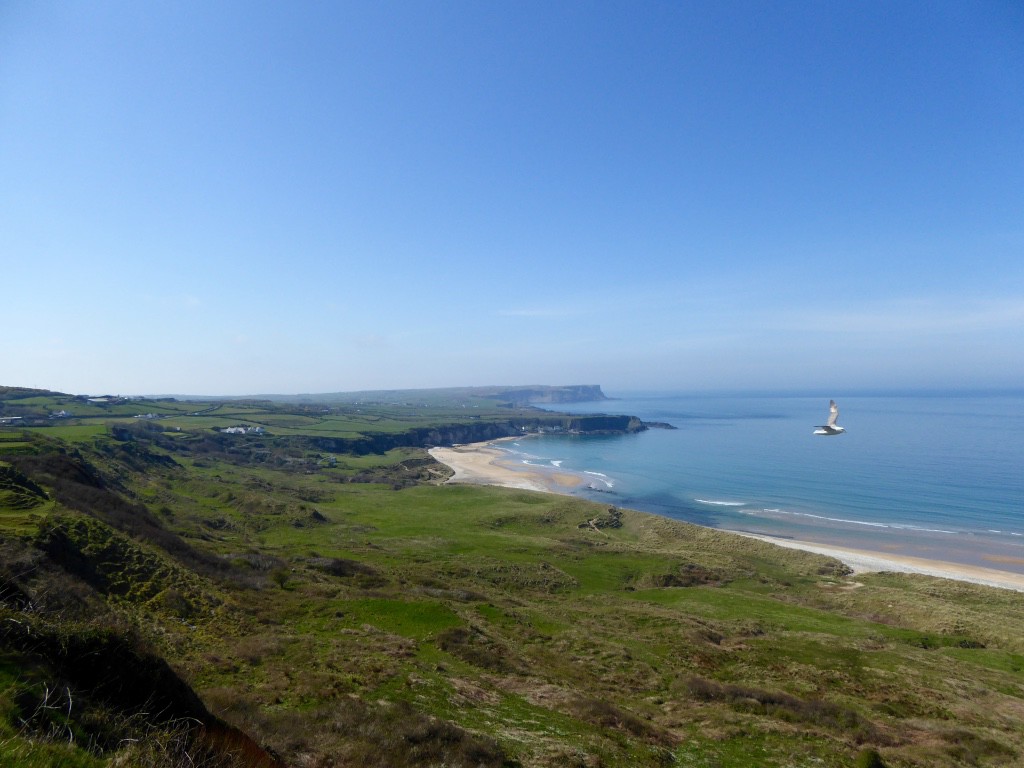
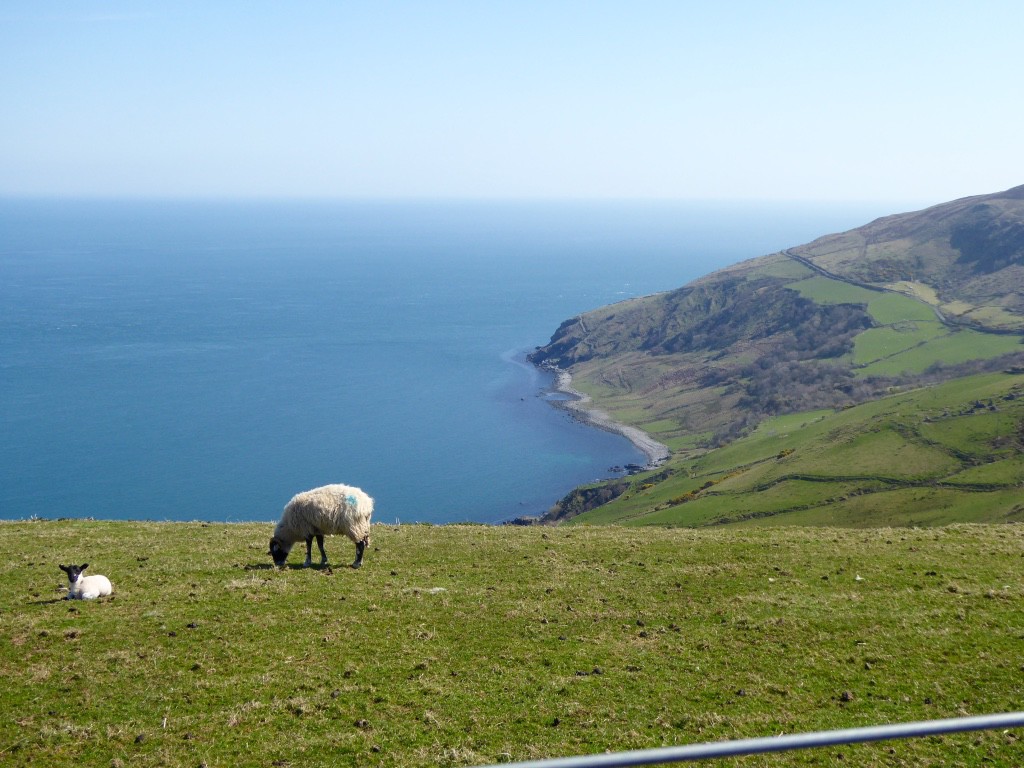
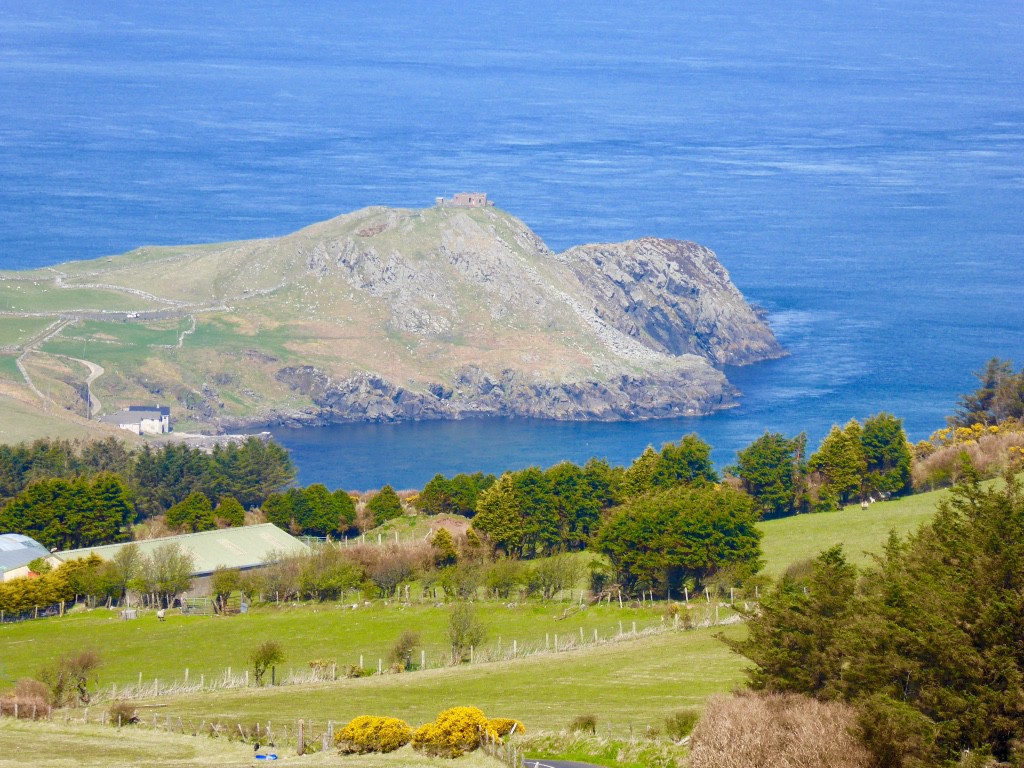
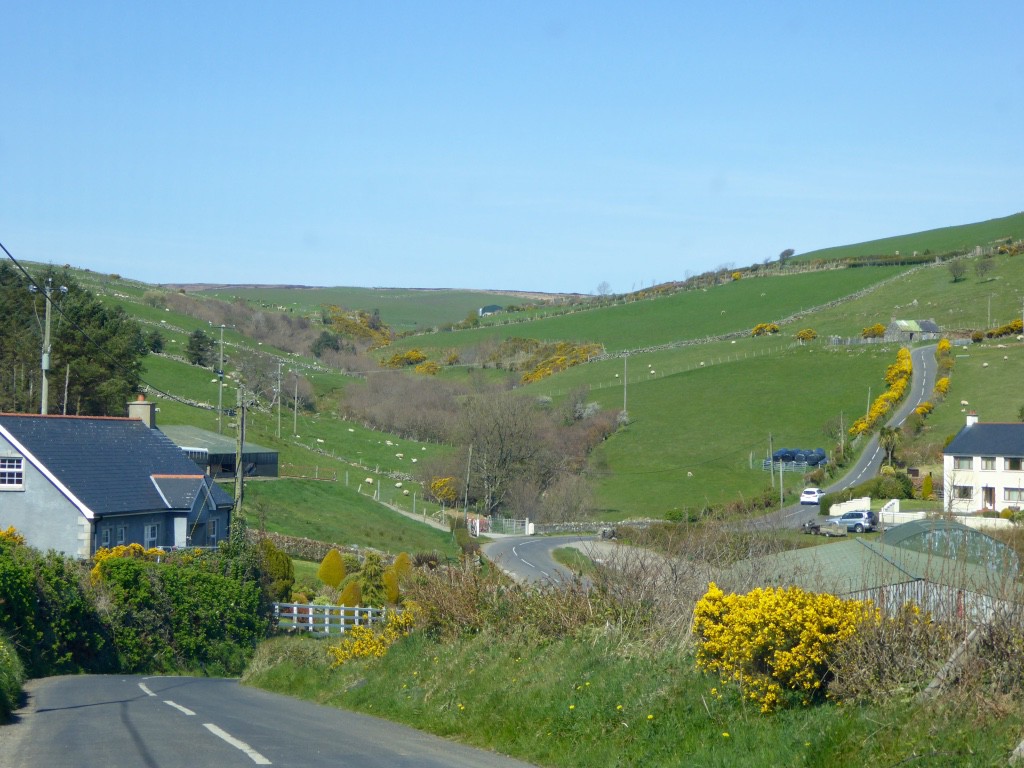

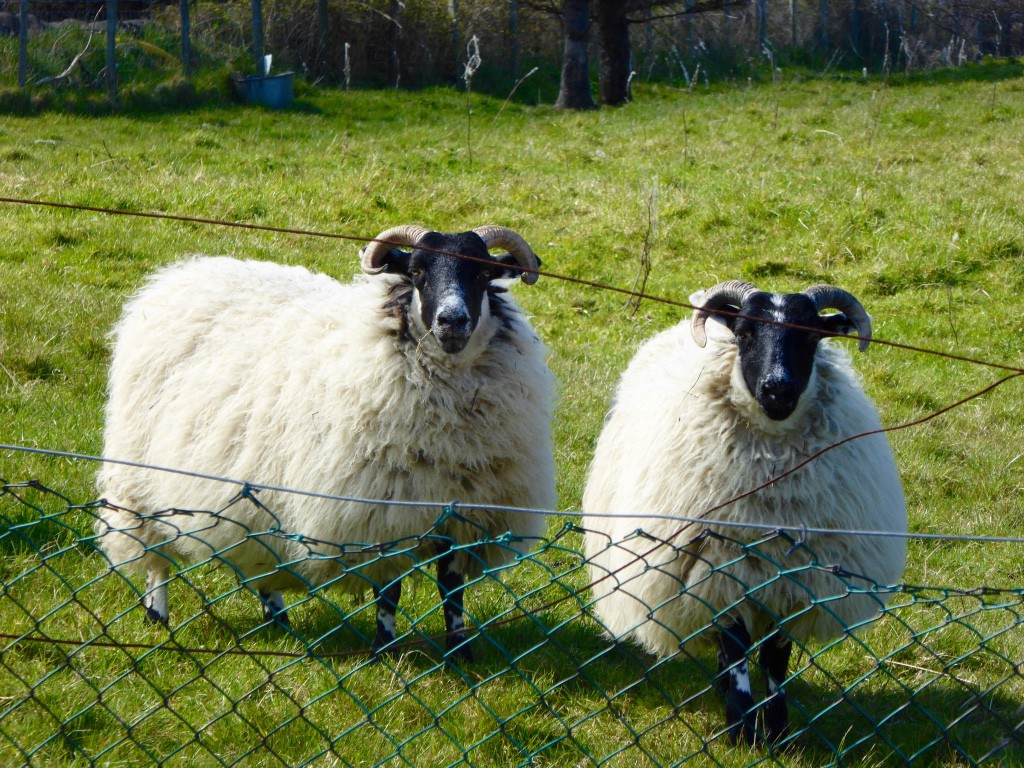
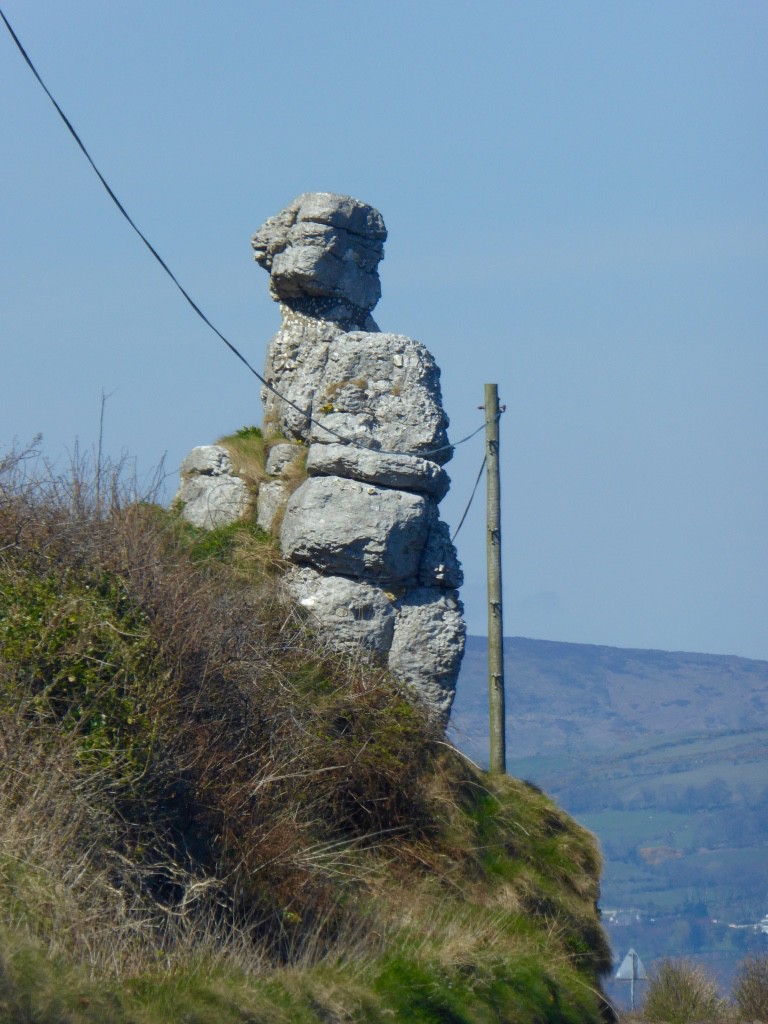
As we drove, we passed the Glens of Antrim. These nine valleys radiate from the Antrim Plateau to the coast and are extremely beautiful. We passed the headlands of Garron Point and eventually arrived in Cushendall, a small coastal town. It lies at the meeting point of three of the Glens of Antrim: Glenaan, Glenballyemon and Glencorp.

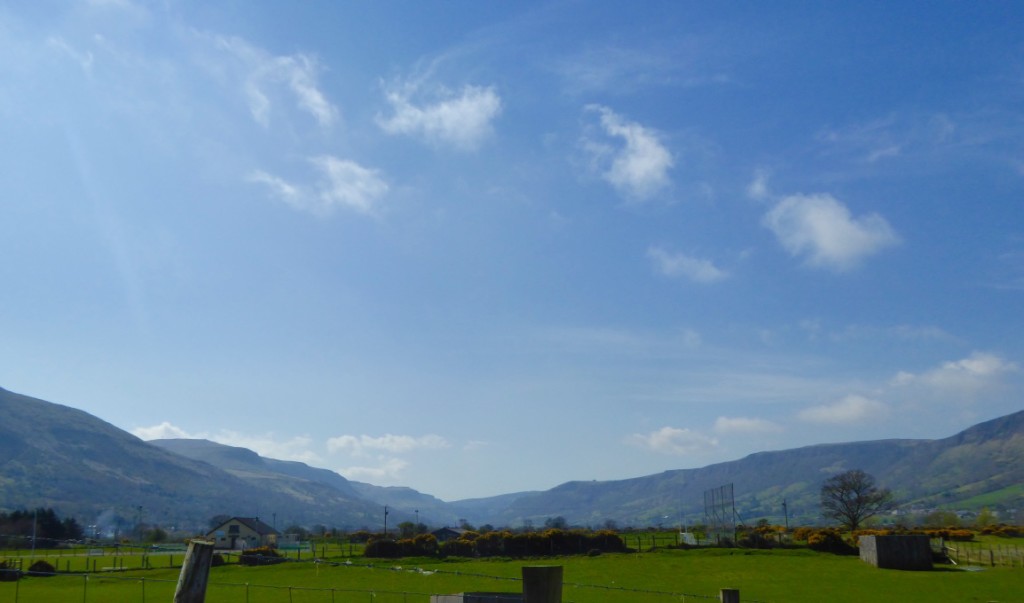
Much of the historic character of this 19th century settlement remains. In 1973 it was designated as the second Conservation Area in Northern Ireland, and includes the largely intact Irish Georgian buildings of the town’s four original streets.
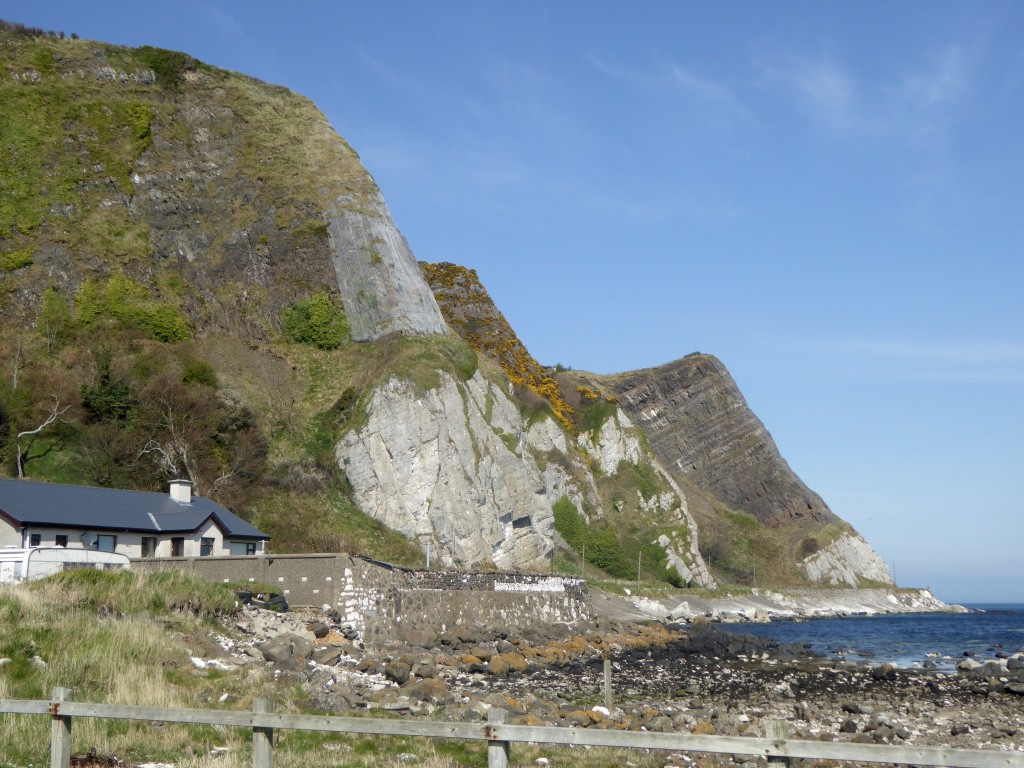
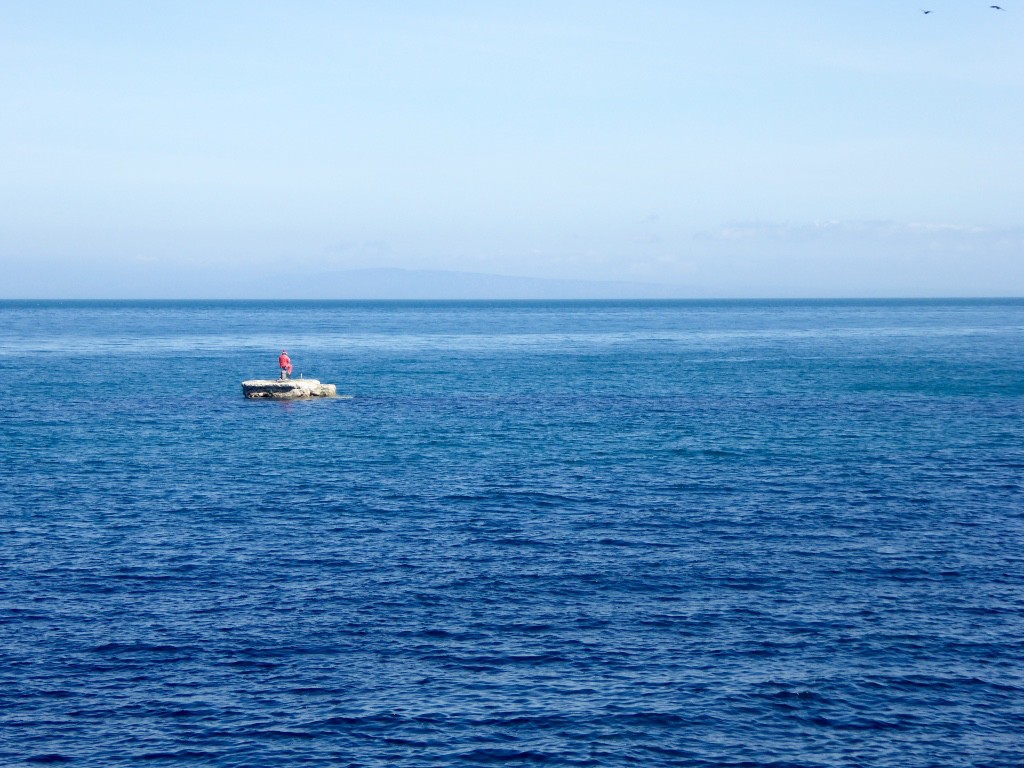
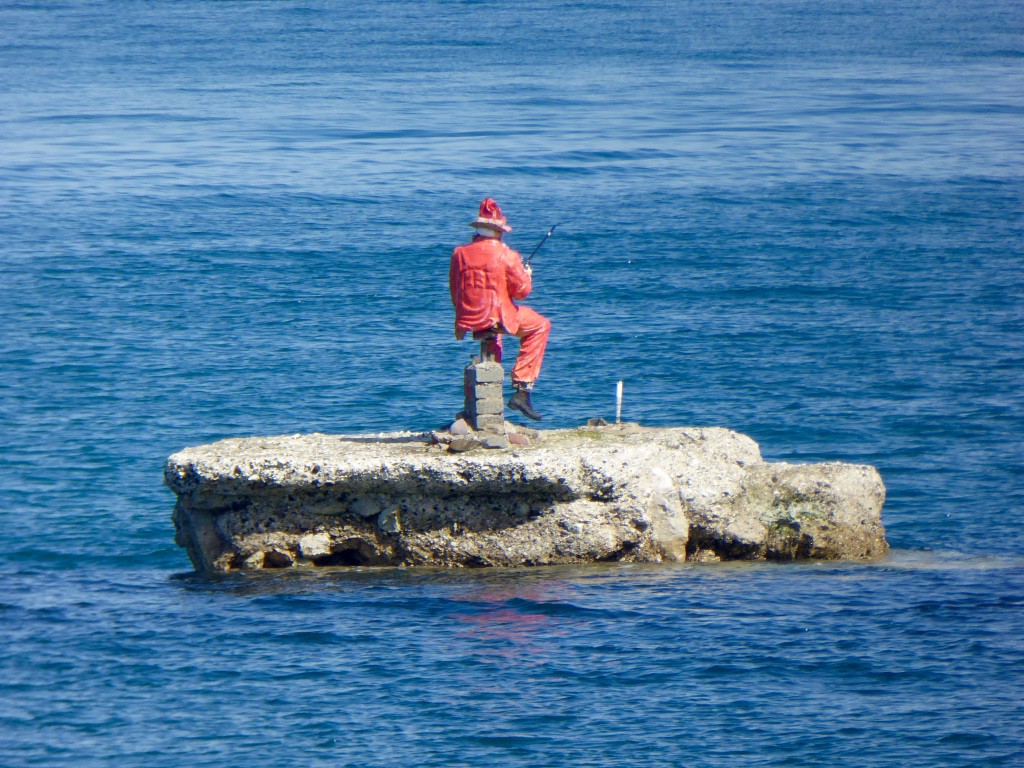
At Cushendall the road heads inland, but we kept following the coast by taking the spectacular Torr Road, a bit of a goat track but we specialise in those! The narrow road is winding and climbs its way up to Torr Head. It was a beautiful sunny day and we could easily see Scotland, which is only 16 miles away.
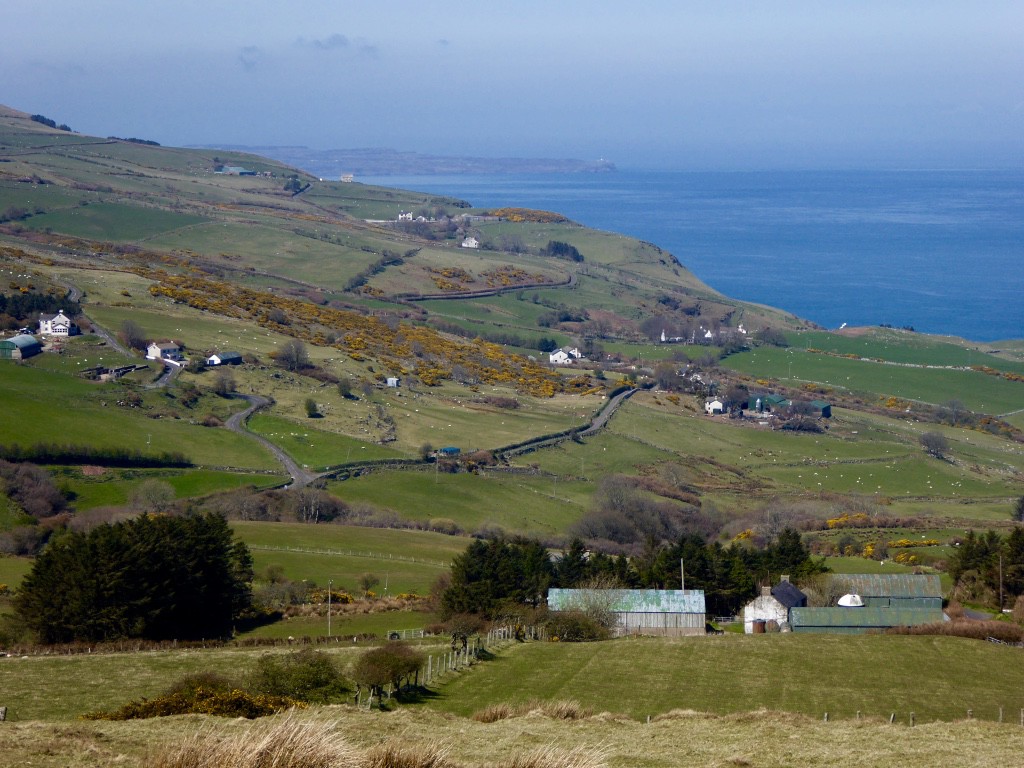
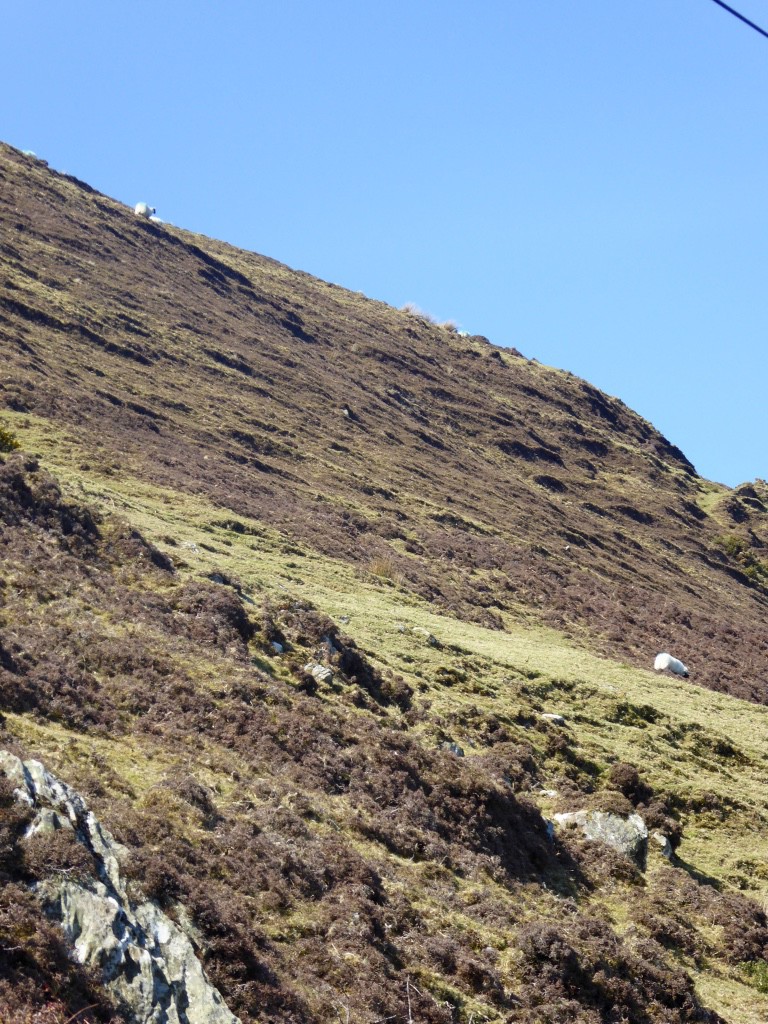
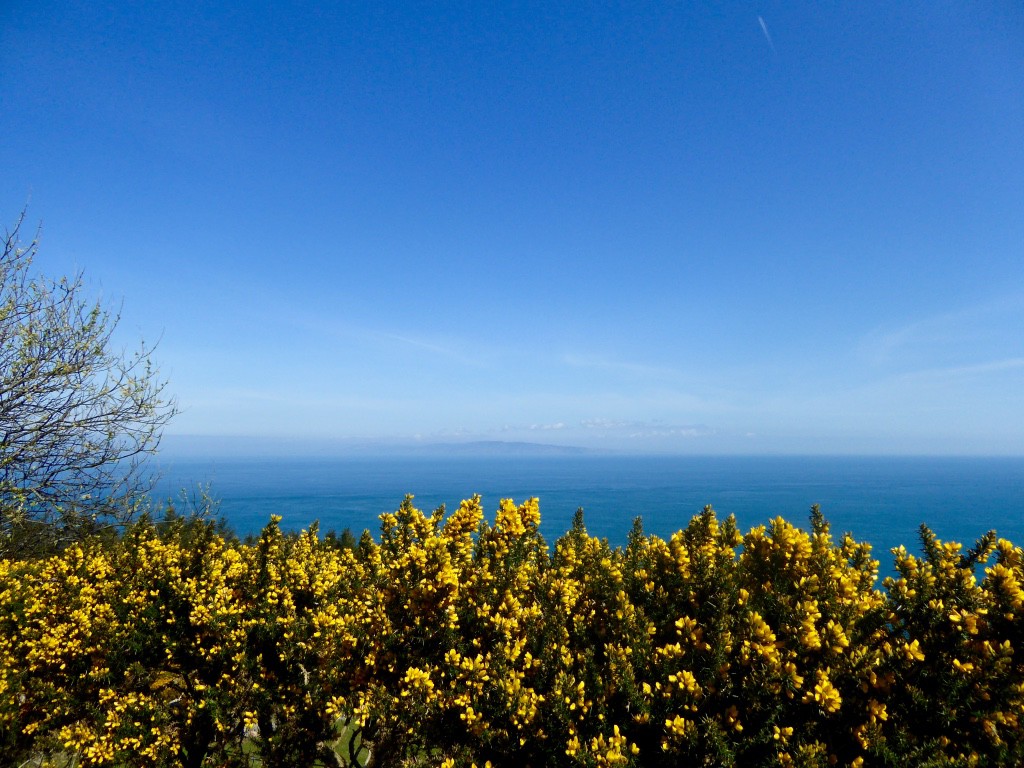
Next on our agenda should have been the famous Carrick-a-Rede Rope Bridge but we missed the turn. We had been warned it was quite a walk and wanted to make sure we caught the ferry over Lough Foyle in time so kept going to the Giant’s Causeway
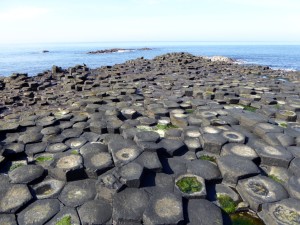
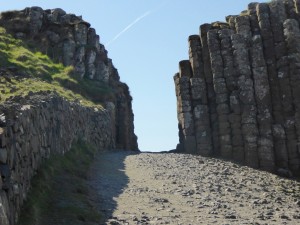
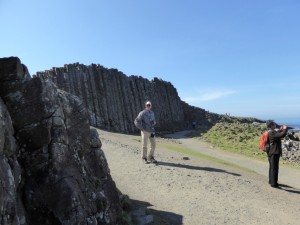
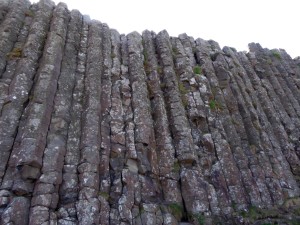
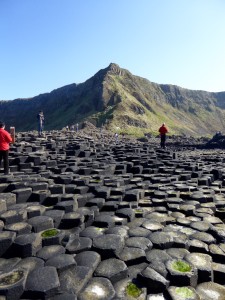
This is an area of about 40,000 interlocking basalt columns that were formed some million years ago by an ancient volcanic eruption. The tops of the columns form stepping stones that lead from the cliff foot and disappear under the sea. At some spots the columns are about 12 meters high, and 28 meters thick. So spectacular it alone was worth the trip and the Irish tale of the two warring giants who formed the causeway was very plausible!
Heading through Bushmills (sadly passing up on the Whiskey Distillery) to Portrush, we passed the Dunluce Castle ruins. These ruins are located on a spectacular headland. The castle is surrounded by extremely steep drops on either side and is only accessible via a bridge connecting it to the mainland. Portrush itself is a pretty seaside resort town. The main part of the old town is built on a mile–long peninsula and is known for its sandy beaches
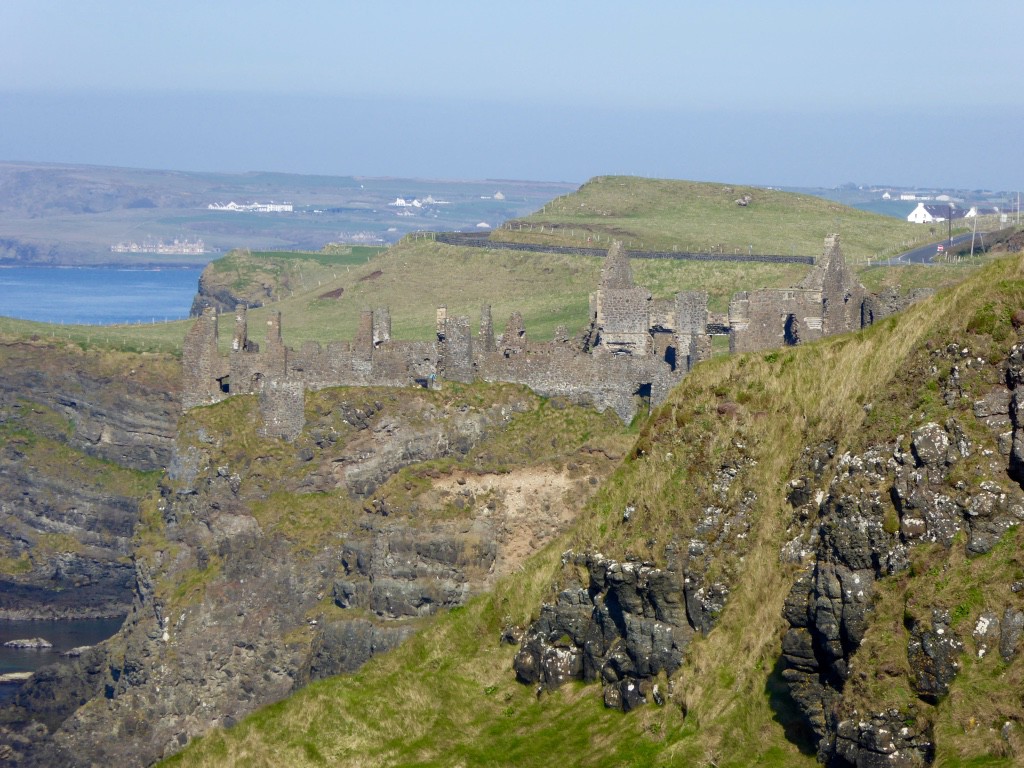
Magilligan Point guards the mouth of Lough Foyle and is home to Lough Foyle Ferry, Martello Tower and The Point Restaurant where they serve the best Seafood Chowder. According to Marty it is the best in the world and he is not far wrong!
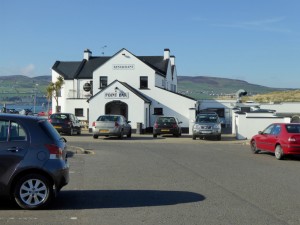
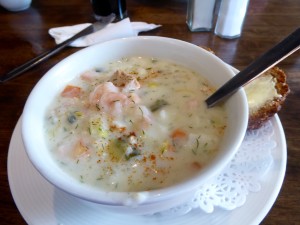
We caught the ferry to Greenhill and wound our way to Derry through some beautiful countryside.
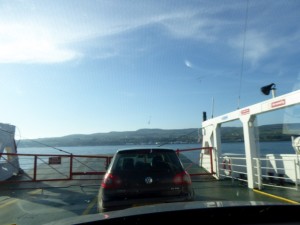
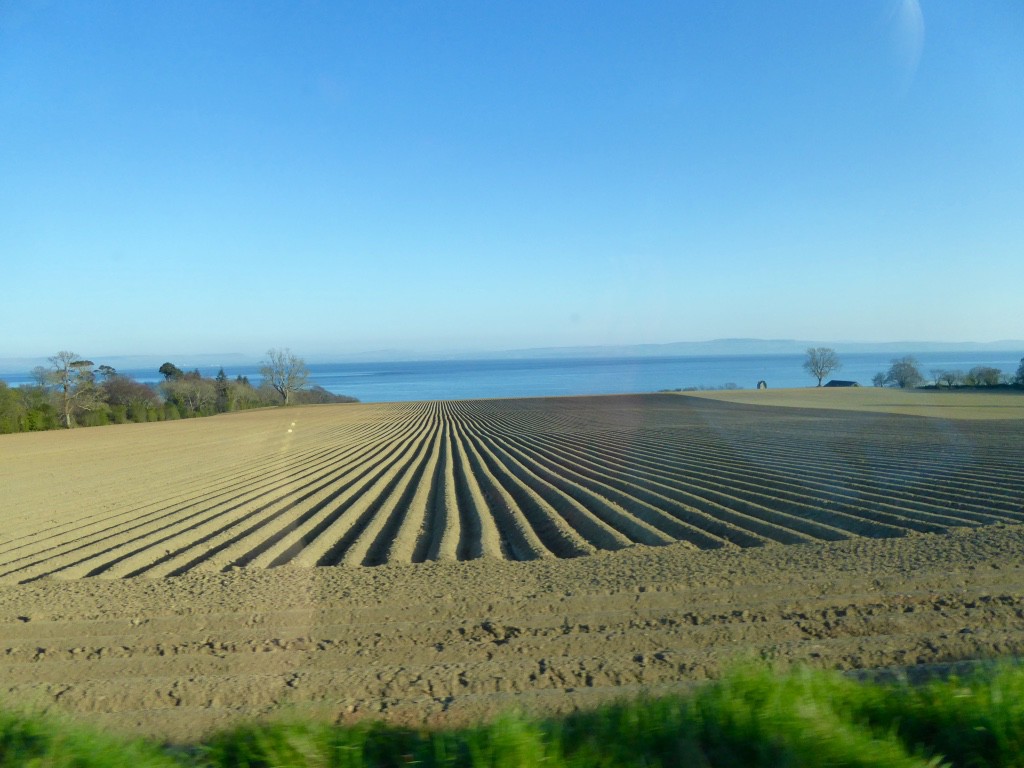
We arrived at Troy Hall to be greeted by a patiently waiting Michael Doherty. Troy Hall is circa 1890s and is the original grand manor house. No hot water wasn’t a good start to our stay but, having left a number of messages for Michael, it came on about 10pm and we sank into the comfy beds so we would be ready for our exploration of Derry the next day.
